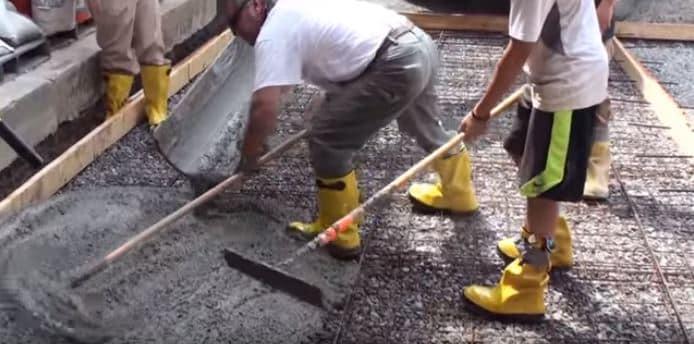When it comes to building any structure—whether it's a home, garage, or commercial building—the foundation is the most critical part. Think of it as the backbone of your project. Without a strong and stable base, everything built above it is at risk. That's where a concrete foundation comes in. In Oakland, where diverse soil conditions and changing weather can affect structures, concrete foundations are the trusted solution for strength, durability, and longevity.
In this post, we'll explore why concrete foundations matter, the different types available, the installation process, and some tips on caring for your foundation to keep your property safe and sound.
Why Choose a Concrete Foundation?
A foundation does more than just hold your building upright. Here are the top reasons why homeowners and builders in Oakland rely on concrete:
-
Strength and Durability - Concrete is one of the strongest building materials. A properly installed foundation can last for decades with minimal maintenance.
-
Resistance to Moisture and Rot – Unlike wood, concrete does not rot, warp, or get eaten by pests. This makes it a more reliable choice, especially in areas where moisture levels can fluctuate.
-
Versatility – Concrete foundations can be tailored to suit various building types, soil conditions, and design preferences.
-
Safety – A well-constructed foundation prevents uneven settling, which can cause cracks in walls, misaligned doors, and other structural issues.
Types of Concrete Foundations
Not all buildings require the same kind of foundation. Depending on your project, soil type, and budget, here are the main types of concrete foundations used in Oakland:
1. Slab-on-Grade Foundation
This type involves pouring concrete directly onto the ground in a single, thick slab. It’s a popular choice for smaller homes and garages because it’s cost-effective and quick to install. Plus, it provides excellent resistance to pests.
2. Crawl Space Foundation
A crawl space foundation elevates the home a few feet above the ground. This creates a space for utilities like plumbing and wiring, making repairs and upgrades easier. It also offers some protection against ground moisture.
3. Basement Foundation
Basement foundations go deeper into the ground, offering extra living or storage space. While this option is more expensive, it’s a favorite for homeowners who want added square footage and energy efficiency.
4. Pile Foundations
In areas with weak or unstable soil, pile foundations are used. These involve driving long concrete or steel columns deep into the ground to provide extra stability for heavy structures.
The Concrete Foundation Installation Process
Building a strong foundation isn’t just about pouring concrete—it requires careful planning and execution. Here’s a step-by-step look at the process:
-
Site Preparation – The area is cleared of debris, and the soil is graded to ensure proper drainage.
-
Excavation – Depending on the foundation type, trenches or pits are dug to the correct depth.
-
Formwork Installation – Wooden or metal forms are set up to shape the foundation.
-
Reinforcement – Steel rebar is added inside the forms to increase strength.
-
Concrete Pouring – Fresh concrete is poured into the forms and spread evenly.
-
Curing – The concrete must cure properly to achieve maximum strength. This process can take several days to weeks.
-
Finishing Touches – Once cured, the forms are removed, and the foundation is ready for construction.
Common Issues with Concrete Foundations
Even the strongest foundations can face challenges if not maintained properly. Here are some common issues to watch for:
-
Cracks – Small cracks are normal, but large or widening cracks may indicate shifting soil or water problems.
-
Water Damage – Poor drainage around the foundation can lead to water seepage and structural damage.
-
Settling – Uneven settling can cause parts of the foundation to sink, leading to structural stress.
Regular inspections by professionals can catch these problems early and save you from expensive repairs down the road.
Maintenance Tips for a Long-Lasting Foundation
To ensure your concrete foundation lasts for decades, follow these tips:
-
Keep gutters and downspouts clean to direct water away from the foundation.
-
Maintain proper grading around your home so water flows away from the structure.
-
Seal any small cracks as soon as they appear to prevent further damage.
-
Schedule periodic professional inspections to catch early signs of trouble.
Final Thoughts
A strong concrete foundation is more than just the base of your home—it's peace of mind. It ensures your property stands tall, safe, and stable for years to come. Whether you're building a new home, adding an extension, or tackling a commercial project in Oakland, investing in a professionally installed foundation is a smart choice.
At Oakland Concrete , we specialize in creating durable, customized foundations tailored to local conditions. With expert craftsmanship and attention to detail, we make sure your project starts on the right foot—with a foundation you can count on.

